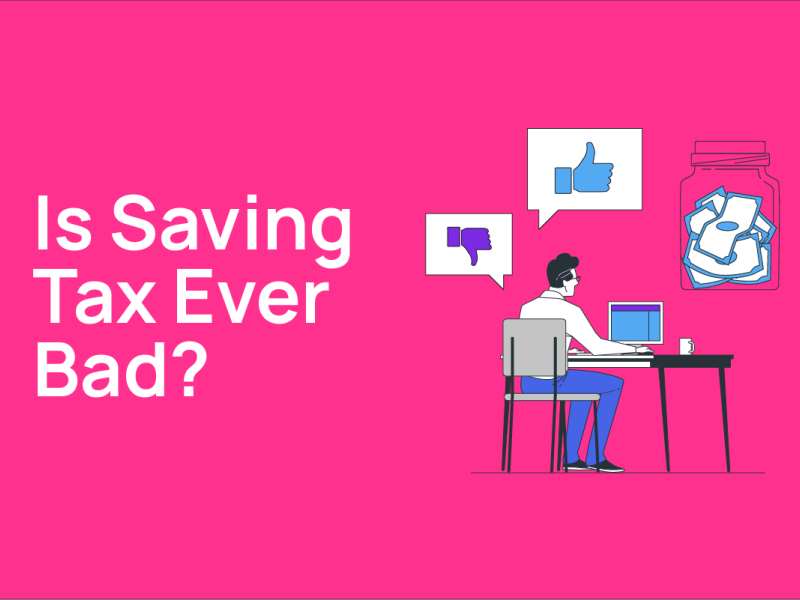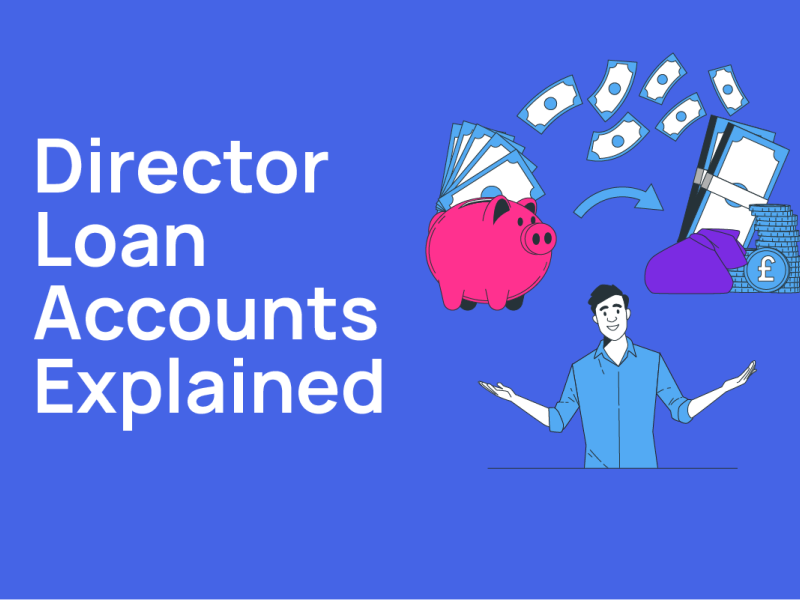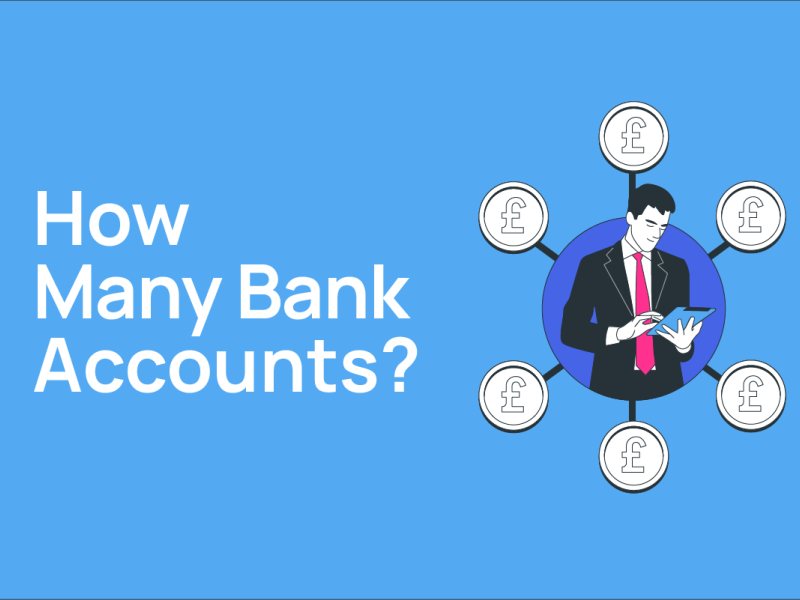Yearend Checklist - 2024-5 Tax Year
-
Richard Jackson - 10/03/2025

We are fast approaching the end of the 2024-25 tax year (5 April 2025), so now is a good time to review key tax thresholds and allowances to maximise available tax savings. This checklist provides a summary of the key areas to consider.
Dividends: Use Your £500 Tax-Free Allowance
Shareholders should ensure they take their tax-free dividend allowance before 5 April 2025. For the 2024/25 tax year, this allowance is £500, down from £1,000 in 2023/24.
Don’t forget your certificate! It’s important that your dividends are supported by proper dividend certificates – you can download our template here.
Capital Gains Tax: Lower Allowance and Changing Rates
The tax-free capital gains allowance has been halved to £3,000 for 2024/25.
Capital Gains Tax (CGT) rates for the 2024/25 tax year are split into two periods:
- Disposals between 6 April 2024 – 29 October 2024:
- 10% for basic rate taxpayers
- 20% for higher and additional rate taxpayers
- 18% for residential property gains (basic rate taxpayers)
- 28% for residential property gains (higher and additional rate taxpayers)
- Disposals from 30 October 2024 onwards:
- 18% for basic rate taxpayers
- 24% for higher and additional rate taxpayers
- 18% for residential property gains (basic rate taxpayers)
- 24% for residential property gains (higher and additional rate taxpayers)
The new rates from 30 October 2024 will continue into the 2025/26 tax year.
Business Asset Disposal Relief (BADR): Rate Increases Ahead
Previously known as Entrepreneurs’ Relief, BADR allows qualifying business asset disposals to be taxed at a reduced rate. However, the rate is increasing:
- Until 5 April 2025: Gains taxed at 10%, up to a £1 million lifetime limit.
- From 6 April 2025: Rate increases to 14%, lifetime limit remains £1 million.
- From 6 April 2026: Rate increases further to 18%, lifetime limit still £1 million.
4 Costly Mistakes Business
Owners Make with Dividends
Imagine paying dividends for years, thinking you're doing everything right. But then, one day, you discover you've made a costly mistake that could ruin your business. A mistake that could have been avoided.
Don't let this happen to you. Learn the 4 common dividend errors that can destroy your business - and how to prevent them.

Key Income Thresholds: Watch Out for Tax Cliffs
Your total taxable income includes salary, dividends, rent, and taxable benefits.
- Income over £50,270: Subject to the higher rate of income tax (40%) and dividend tax (33.75%).
- Income over £60,000: Triggers the High-Income Child Benefit Charge. For every £200 earned over £60,000, 1% of Child Benefit is clawed back, meaning those earning £80,000+ lose all entitlement.
- Income over £100,000: For every £2 earned over this threshold, you lose £1 of your tax-free personal allowance (£12,570). This creates an effective 60% tax rate on income between £100,000 and £125,140.
⚠️ Important: If either parent earns over £100,000, you also lose eligibility for tax-free childcare, which provides up to £2,000 per child (£4,000 for a disabled child).
💡 Tax Tip: Subscribe to our newsletter or follow me on LinkedIn for an upcoming article on how founders can tax-efficiently pay themselves £125k per year.
Pension Contributions: Make the Most of Tax Relief
The Annual Allowance (maximum pension contribution eligible for tax relief) is £60,000 for 2024/25.
However, your allowance may be reduced if:
- Your adjusted income exceeds £260,000 (tapering applies, reducing the allowance by £1 for every £2 over this threshold, down to a minimum of £10,000).
- You have accessed your pension flexibly, triggering the Money Purchase Annual Allowance (MPAA) of £10,000.
Good news: You can carry forward unused Annual Allowance from the previous three tax years if you were part of a registered pension scheme.
Lifetime Allowance (LTA) Update:
- The LTA charge was abolished from 6 April 2023, removing penalties for exceeding pension limits.
- However, tax-free lump sums remain capped at £268,275 unless specific protections apply.
Pension contributions are highly tax-efficient, but they involve complex rules. Professional advice is recommended.
Charitable Donations: Maximise Your Tax Relief
- Company donations are allowable expenses.
- Personal donations fall under Gift Aid, allowing higher rate taxpayers to claim additional tax relief.
Tax-Free Savings: Are You Using Your Allowance?
- Personal Savings Allowance (PSA): £1,000 for basic rate taxpayers, £500 for higher rate taxpayers (zero for additional rate taxpayers).
- If you’ve loaned money to your company, you can charge interest (up to 8% per annum) tax-free within your PSA limit.
4 Costly Mistakes Business
Owners Make with Dividends
Imagine paying dividends for years, thinking you're doing everything right. But then, one day, you discover you've made a costly mistake that could ruin your business. A mistake that could have been avoided.
Don't let this happen to you. Learn the 4 common dividend errors that can destroy your business - and how to prevent them.

ISA Allowance: A Flexible Tax-Free Option
- The ISA allowance is £20,000 per tax year.
- You can split this across different types of ISAs but must stay within the total limit.
- Caution: Drawing extra salary or dividends just to fund an ISA may not be tax-efficient.
- For company owners, pension contributions may be a better tax-saving option, but they lack the flexibility of an ISA.
Take Action Before 5 April 2025
The end of the tax year is a crucial time to review your finances, maximise tax savings, and avoid unnecessary liabilities. With allowances reducing and tax rates changing, planning ahead is more important than ever.
✔️ Need help with your year-end tax planning? Get in touch with us today to discuss your situation and ensure you're making the most of available tax efficiencies.
📩 Contact us now to book a consultation with one of our expert accountants.
Download our Free Guide
4 Costly Mistakes Business Owners Make with Dividends
Imagine paying dividends for years, thinking you're doing everything right. But then, one day, you discover you've made a costly mistake that could ruin your business. A mistake that could have been avoided.
Don't let this happen to you. Learn the 4 common dividend errors that can destroy your business - and how to prevent them.



